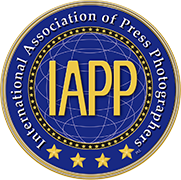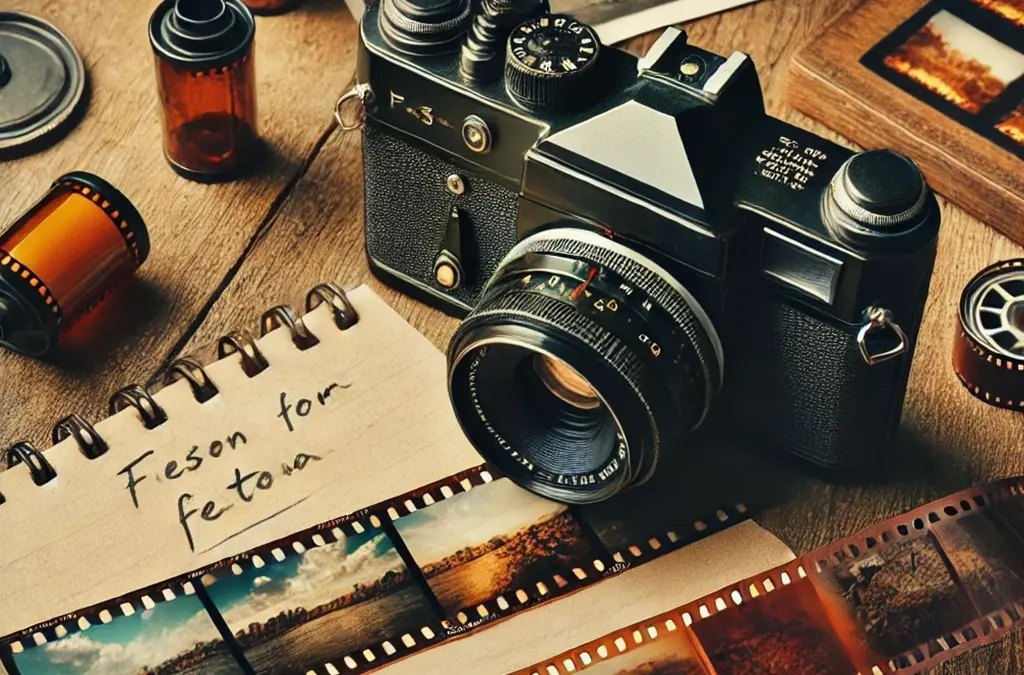Introduction
In an age dominated by digital technology, analogue photography may seem like a relic of the past. However, this classic medium is far from obsolete. While digital cameras offer speed, convenience, and powerful editing options, analog photography offers qualities that some press photographers still appreciate. But is analogue photography an alternative for modern journalists or is it an outdated method?
The article sheds light on the strengths and weaknesses of analogue photography and explores the question of whether it can still play a significant role in contemporary press photography.
The unique appeal of analogue photography
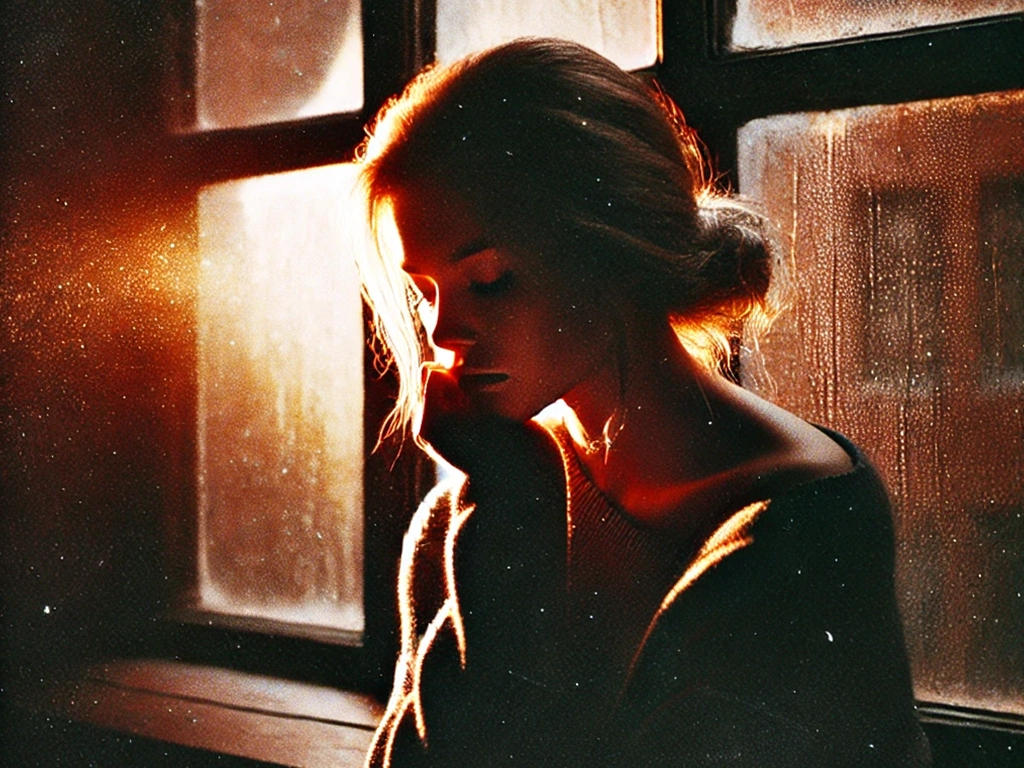
Analog photography occupies a special place in visual storytelling, offering features that digital cameras can’t fully replicate:
1.Distinctive visual aesthetics
Film photography is known for its rich colors, deep contrasts, and organic grain. While digital editing tools can simulate this look, true analog photography creates textures and imperfections that feel authentic and raw – qualities that resonate with viewers looking for realism.
For press photographers documenting social issues, war zones, or cultural moments, the aesthetics of film can convey emotions that digital precision can sometimes struggle to achieve.
2.Well thought-out composition
Unlike digital photography, where endless shots can be captured and deleted for free, analog photographers must carefully plan each shot. With a limited number of exposures per roll of film, photographers are more deliberate in their composition, timing and composition. This intentional process promotes a deeper examination of the topic and improves storytelling.
3.Stability of archiving
While digital files are at risk of being damaged or lost, properly stored film negatives can last for decades without damage. This makes analogue photography a valuable option for preserving historical records and ensuring the preservation of long-term media archives.
4.Creative discipline
Working with analog equipment requires a deeper understanding of camera mechanics – mastery of manual focus, exposure settings, and lighting conditions. This discipline encourages photographers to hone their technical skills and often improve their overall ability to compose strong images in any environment.
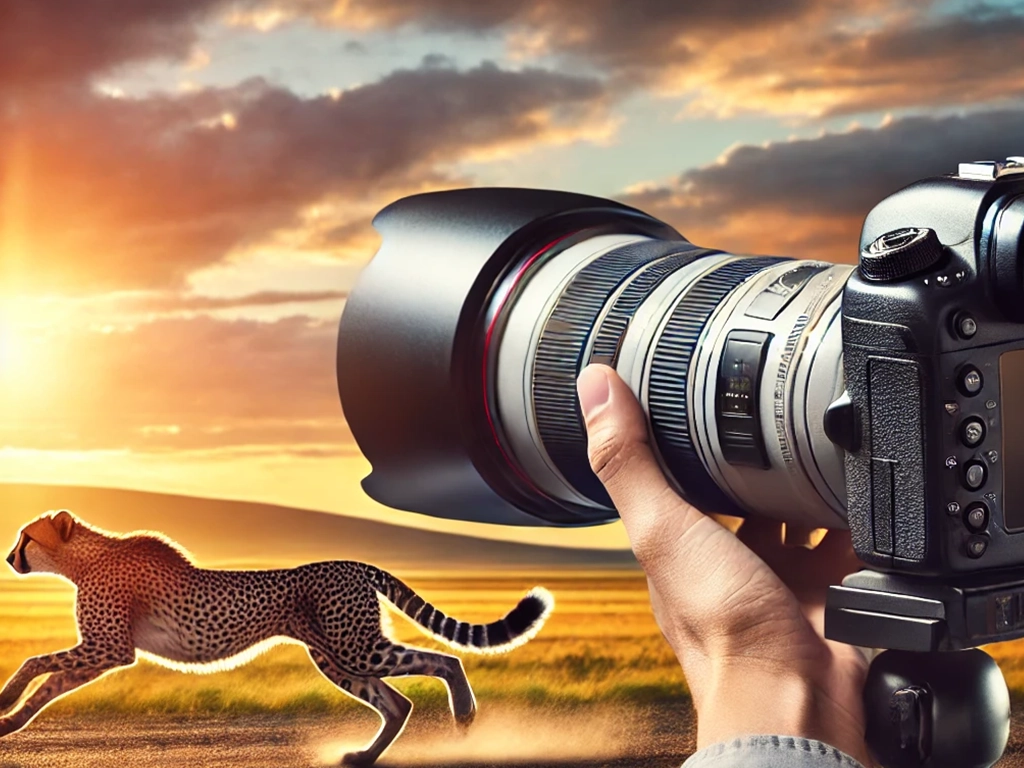
The disadvantages of analogue photography for press photographers
Despite its creative potential, analogue photography has some challenges that can limit its suitability for modern press photographers:
1.Slower workflow
Analogue photography is inherently slower. Rolls of film must be processed, developed, and scanned before they can be published. In fast-paced environments such as breaking news or live events, this delay can affect a photographer’s ability to deliver timely content.
2.Limited flexibility
In film, photographers are bound to a chosen ISO rating for the entire role, which limits their ability to adapt to rapidly changing lighting conditions. Unlike digital cameras, which allow for instant ISO adjustment, analog photographers need to anticipate environmental changes in advance.
3.Costs and availability
Film reels, development services, and darkroom equipment can be expensive. With fewer labs available today, processing costs and wait times can be challenging for press photographers working under time pressure.
4.Lack of direct verification
One of the biggest advantages of digital photography is the ability to review images instantly. Analog photographers must rely on experience and intuition to determine if they have captured the right moment – which increases the risk of missing missed opportunities in fast-paced situations.
When analogue photography can shine in journalism
While digital photography is often preferred for its speed and efficiency, there are scenarios where analog photography still excels:
1.Feature stories and in-depth projects
The emotional depth and visual richness of analogue photography can enhance long stories, cultural explorations and works of human interest. Photojournalists covering life in remote villages, traditions, or artistic movements, for example, may find that the warmth and texture of film brings their work to life in a way that digitization often cannot.
2. Documenting historical or iconic moments

The archival power of analogue photography makes it ideal for capturing events that need to stand the test of time. In important historical moments—protests, cultural revolutions, or political changes—film’s ability to create tangible, lasting records offers unparalleled value.
3.Artistic photography in journalism
When photographers want to create impactful visual storytelling with strong artistic elements, analogue techniques can add an emotional resonance to the images.
4.Portraiture and Cultural Documentation
Analogue photography’s ability to bring out skin tones, textures, and environmental details makes it very effective for capturing intimate portraits and social dynamics.
Balance between analogue and digital photography in journalism
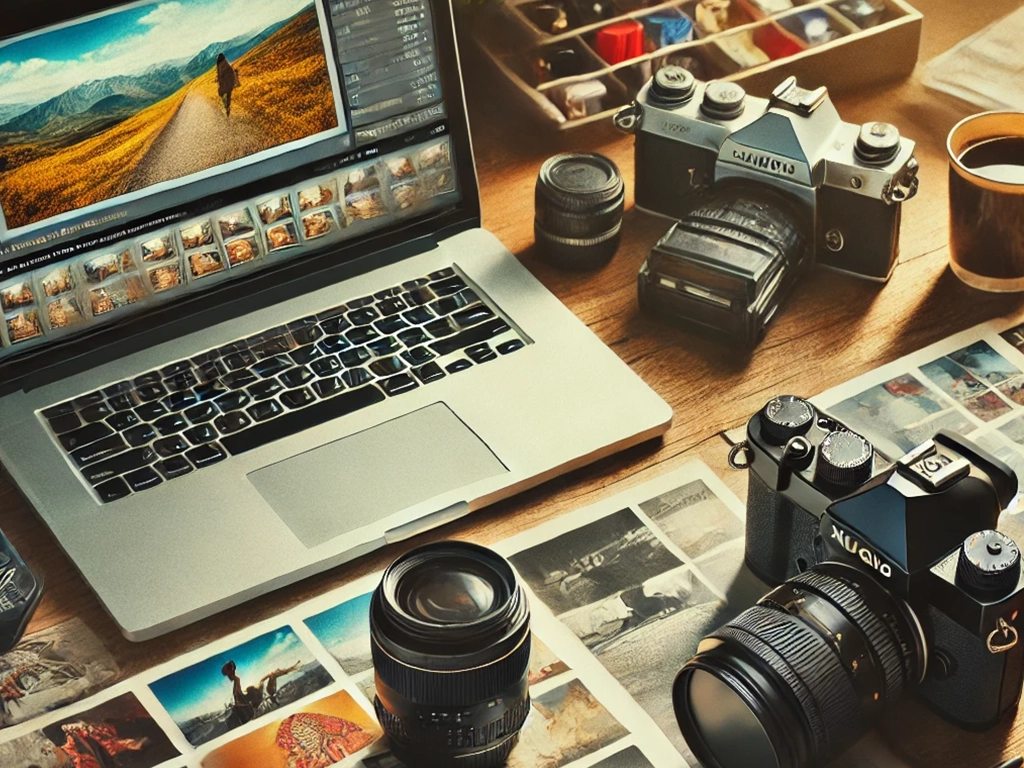
For press photographers who want to stand out from the crowd, the combination of analogue and digital techniques can be a great advantage. By integrating both media, photographers can leverage the strengths of each format:
- Use digital for speed and precision: Cover live events, sports and breaking news with digital cameras to ensure fast delivery.
- Use analog for depth and authenticity: Use analog photography for thoughtful documentaries, reportages, or photo essays.
- Combine formats in visual storytelling: Combine film aesthetics with digital technology for visually appealing multimedia content.
Many photographers embrace hybrid workflows, capturing both film and digital images during the same project to ensure they capture both authentic moments and on-time content.
Inference
While digital photography dominates modern journalism for practical reasons, analogue photography retains qualities that make it a compelling alternative in certain contexts. The unique visual appeal, archival stability and storytelling potential offer valuable opportunities for press photographers who love creativity and experimentation.
For journalists who are willing to master their techniques, analogue photography can enhance their ability to tell powerful visual stories that leave a lasting impression. By balancing traditional and modern methods, photographers can create rich, impactful narratives that capture the essence of the moment.
